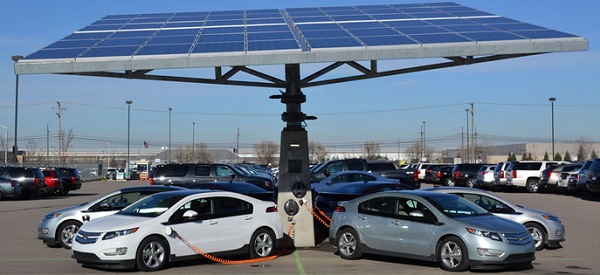|
|

Within a battery cell, lithium ions travel between two electrodes (a cathode and an anode) during charging/discharging, and ion travel is facilitated by electrolytes. Separators prevent short circuits. The cathode is the most important component in terms of both cost and performance, as it determines the energy density of the cell, safety, cycle life, power and cost.
Of the four main battery sub-components, we believe the most compelling investment opportunities exist in cathodes. Separators are also interesting given a relatively benign competitive environment but we find little to get excited about in the anodes or electrolytes space.
Cathodes are best placed
The cathode is the principal determinant of the battery’s power and energy, and is currently the main area of intellectual property for lithium-ion batteries. Cathodes are often pre-selected by auto customers after tailoring cathode recipes to generate the required power characteristics of a cell.
We believe cathode manufacturers are the best placed among battery components on a three-year view, given slightly higher barriers to entry. Specifically, producers of NMC/NCA1 cathodes look the most appealing for cars, as they are set to win out over their Chinese LFP2 counterparts owing to superior power density and better thermal stability.
”Investment opportunities: There are a number of beneficiaries along the auto battery supply chain that stand to gain as electric vehicles become increasingly popular. We find the best opportunities in cathodes (where there are high barriers to entry), and then separators and cell packagers. We also like equities that are exposed to lithium and cobalt, since supply issues are likely to support higher prices, and believe firms with an ability to recycle batteries and their component materials are likely to benefit from improving recoverability incentives.” -- Daniel McFetrich, Global Sector Specialist - Industrials, Schroders |
Cell packagers
Outside of cathodes, we see the most value emerging in packaging the cells together to deliver to auto customers. The markup on packaging has attracted alliances between auto customers and cell makers, and as battery technology matures and safety issues bed down, we expect packaging companies to be able to retain some markup as auto customers increasingly outsource this capability. This segment is changing very rapidly, however, and we have little visibility on how this shakes out as the key barrier will be reputation and supply chain expertise.
Materials beneficiaries
Which commodity markets are going to be impacted by the rising penetration of electric vehicles? If we assume that NMC and NCA cathodes become more dominant in battery cell manufacturing, the materials that are affected are mainly lithium and cobalt. This should have positive implications for lithium and cobalt-exposed equities. We are confident that lithium will be the market leader for battery applications in the next five -to-ten years.
Up to now, no other material has the flexibility, durability, charge capacity, or density as lithium. Although the spo t price of lithium has already reacted strongly to rising demand, we expect long supply lead times and other supply issues to remain supportive of higher prices for the foreseeable future. We believe battery -grade lithium prices will follow the spot price upwards, as demand outpaces effective supply. Lithium carbonate (99%) price in China.
Lithium carbonate (99%) price in China.
Source: Asian Metals, BofA Merrill Lynch global research. March 2016
What makes an attractive producer in this market? We look for companies with strong positions at the bottom of the cost curve with high consistency of lithium output and good security of supply. Although we believe cobalt faces some potential supply issues, which would support price rises, there are few direct cobalt beneficiaries except those firms that are able to recycle the material.
These types of companies stand to gain as rising political pressure to restrict supply from the Congo (where environmental, social and governance issues are significant) continues. With world organisations such as Amnesty International highlighting child labour issues in the Congo from cobalt mining, an ability to recycle the substance and thus reduce dependence on such sources is a very positive attribute.
Cell-makers represent opportunistic investments
Further down the supply chain, we think the key for cell-makers is scaling up and technology capability. We don’t see much intellectual property in this part of the chain, and think the ability to scale will not be easy given carmakers are aiming to use multiple providers, and each carmaker will require different cell specifications (even for different models). Reputation, price, and access to high nickel cathode materials are key differentiators and we see these types of stocks as opportunistic, rather than core holdings.
| Recycling of batteries and materials One of the less-discussed areas is the recycling of batteries and battery materials, since lithium ion batteries don’t just die (but gradually decline), and the amount of material in a car battery isn’t negligible. The recoverability incentive for battery materials is low now, but should increase over time, driven by regulations and material scarcity. We would also expect some batteries to be recycled for alternative use, such as energy storage. If auto companies have to pay to recycle, we would expect value to transfer from auto companies to recycling firms. |







